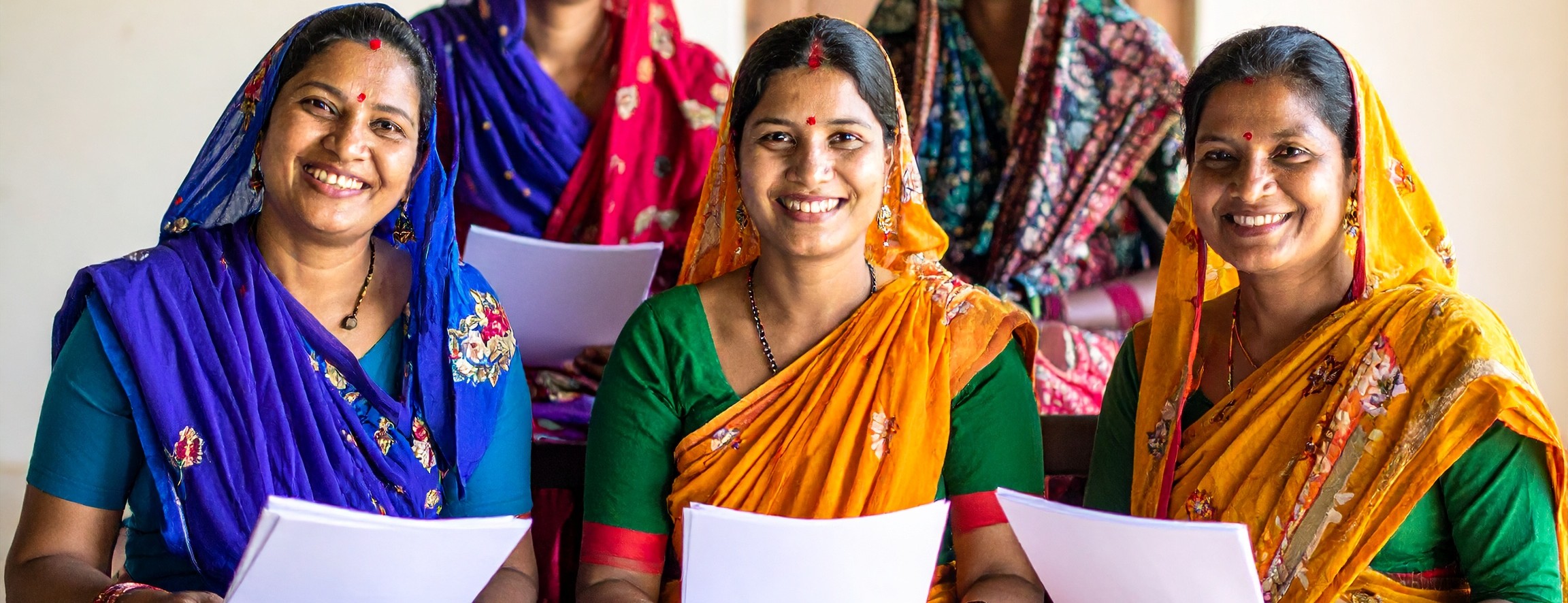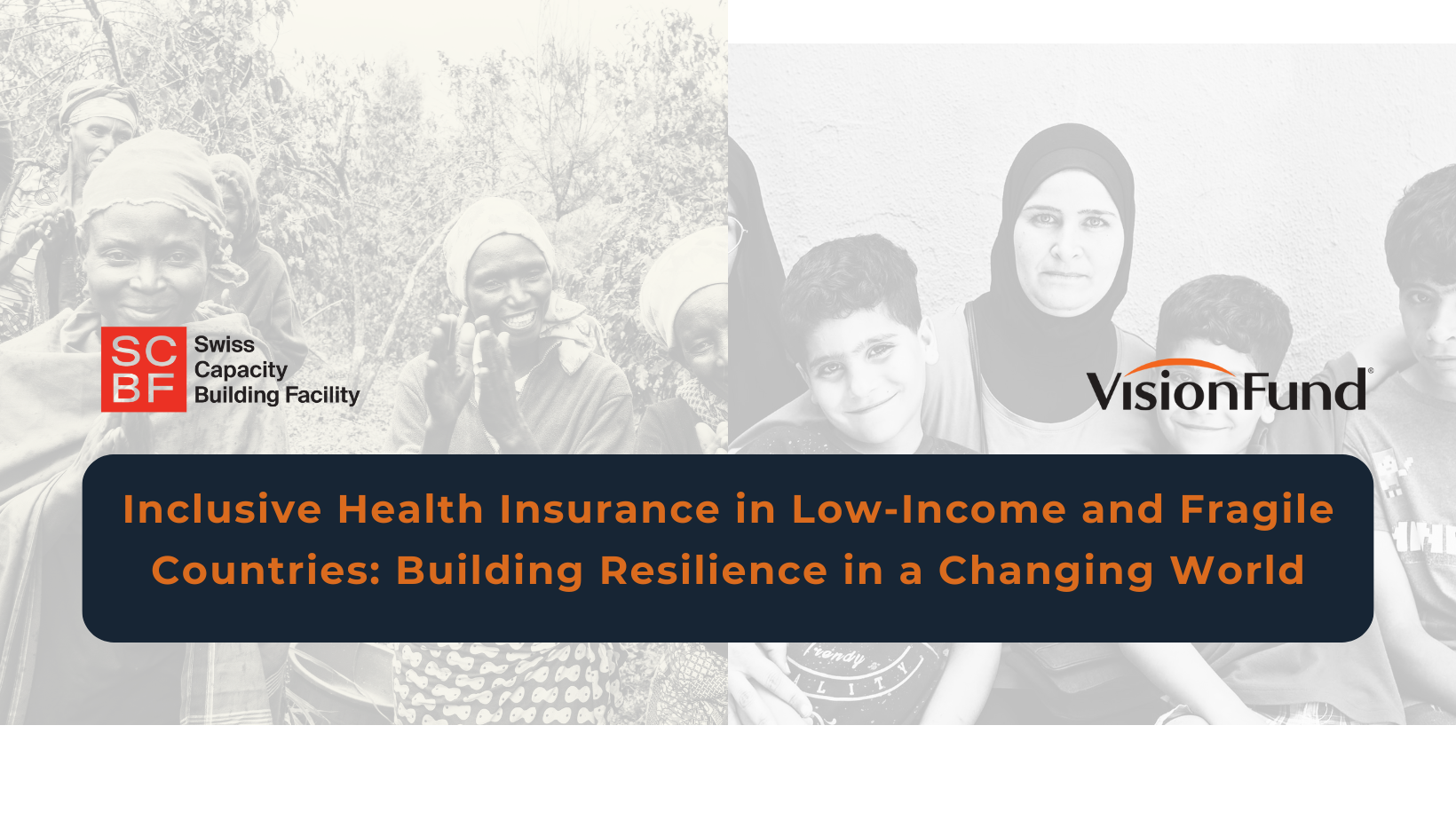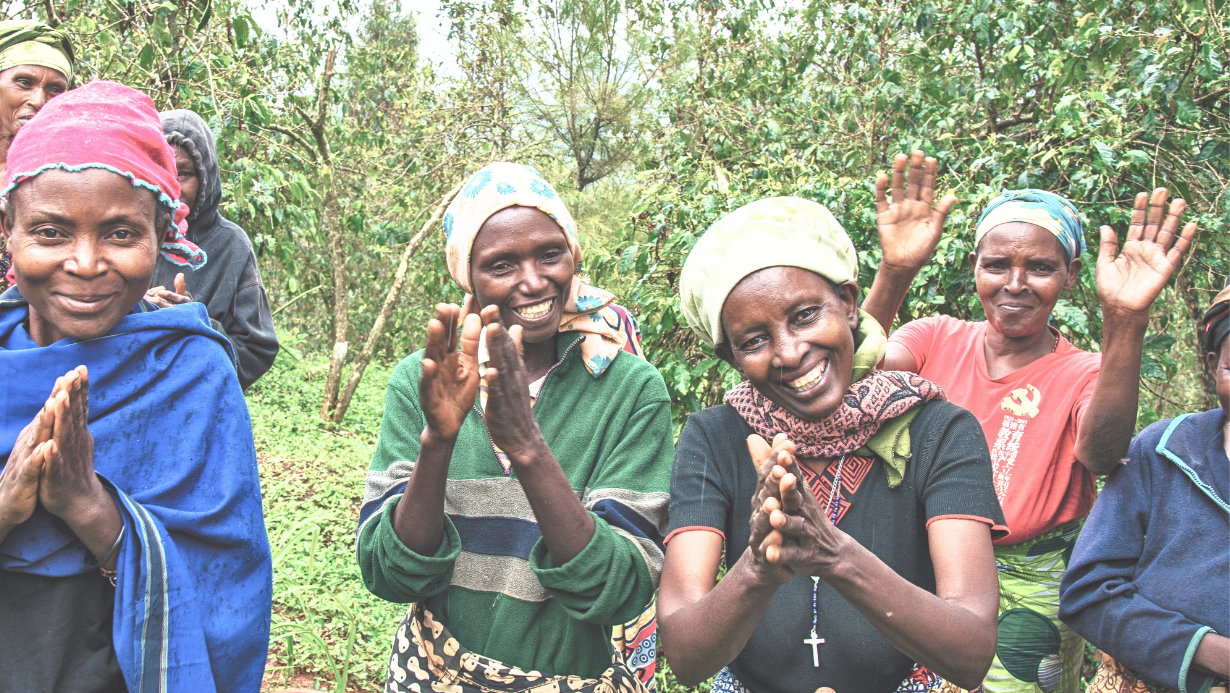What is the future of Green Inclusive Finance?

“In the last few years, international and government funds to mitigate and adapt to climate change have increased; however, these funds have largely invested in top-down greenhouse gas emissions mitigation efforts. Investments in resilience and adaptation of low-income and vulnerable individuals, households, and MSMEs remain insufficient.”
Yet most investments in climate change are top-down, with only 10% devoted to adaptation. This is insufficient for low-income and vulnerable households, that need funding and access to technology to be more resilient. According to the Intergovernmental Panel on Climate Change (IPCC), developing countries will need $127 billion per year by 2030 and $295 billion per year by 2050 to adapt to climate change.
“Today there are 1.35 billion registered mobile money accounts processing $1 trillion in transactions annually. That is almost $2 million per minute of transactions, 24 hours a day, 7 days a week, 365 days a year. Truly remarkable”
Green vs Climate finance
Green finance refers to financial services that are designed to promote sustainable development and support green initiatives i.e., investments that provide environmental benefits. These can include providing access to credit and financial products to low-income households or small businesses that are involved in environmentally sustainable practices. Climate finance, on the other hand, refers to the funding committed from developing countries to combat climate change impacts in developing countries and includes both international public finance (bilateral aid, other official flows, export credits and concessional and non-concessional multilateral flows) and private finance (carbon market finance, REDD+, foreign direct and other private flows).
The future of green finance is critical to addressing climate change. Bottom-up approaches that enable communities to access funding and green energy sources are essential. To mitigate the risk of climate change, the development finance community must support resilience and adaptation projects alongside mitigation technologies.
Digital financial services and related technologies have been game-changers in increasing financial inclusion, enabling access to capital and energy, and improving the efficiency of transactions. Mobile money has especially unlocked access to new services like off-grid solar energy, positively contributing to climate adaptation and resilience. Examples like Pay-as-you-go off-grid energy, where mobile money has opened up access to a range of new services, is one on many emerging solutions. However, more needs to be done to bridge the energy gap for households and enable access to finance to support communities to build sustainably.
Despite the growth of inclusive digital finance, the proportion of the population without access to clean energy in Africa is increasing. Only three West and Central African countries are on track to achieve universal access to electricity by 2030. Therefore, sustainable and climate finance should focus on promoting bottom-up approaches that empower communities to impact their lives and fight climate change. This includes providing access to green energy sources coupled with funding, enabling households and businesses to build up credit history and savings while enhancing their quality of life.
The IPCC has urged the financial sector to focus on green finance and create innovative financial products. Similarly, the Center for Financial Inclusion (CFI)’s Green Inclusive Finance framework succinctly articulates how and the types of financial products that can meet low-income populations needs. It outlines “the various impact pathways through which financial products and services can support low- income and vulnerable populations to manage and respond to challenges relating to climate change”.
The Swiss Capacity Building Facility (SCBF) for all these reasons supports tech-enabled models as they avail scalable solutions to communities through finance and knowledge transfer. SCBF has funded inclusive finance climate-risk insurance projects for low-income around the world. These include funding projects to understand the potential for livestock insurance in Mozambique, Namibia, and Botswana, supporting the scaling of tech-enabled index insurance for smallholders in Mali, enabling the customization of insurance in Zimbabwe to meet farmers’ needs and introducing wind insurance to cover against cyclones, and raising awareness and tailoring products for local farmers in Cambodia. In Zambia, SCBF also supported a project for upscaling of micro-loans for solar home systems and solar-powered productive use appliances and is currently implementing a program with the Syngenta Foundation for Sustainable Agriculture to promote the uptake of quality and insured agro-inputs such as seed, fertilizer, and crop protection through an inclusive input bundling model, with the goal of de-risking farming communities in various provinces.
Green inclusive finance is evolving rapidly to meet development challenges, delivering on the SDGs and addressing climate change. This evolution is expected to involve:
- Testing and launch of innovative financial products,
- Remaining agile to use and stay informed of emerging new technologies,
- Increased collaboration between stakeholders,
- Integration of ESG factors into investment decisions,
- Greater emphasis on impact measurement.
Financial institutions will increasingly focus on the impact of their investments, and green inclusive finance products are expected to continue to grow to support sustainable development and create a more livable future.























































.png)











































